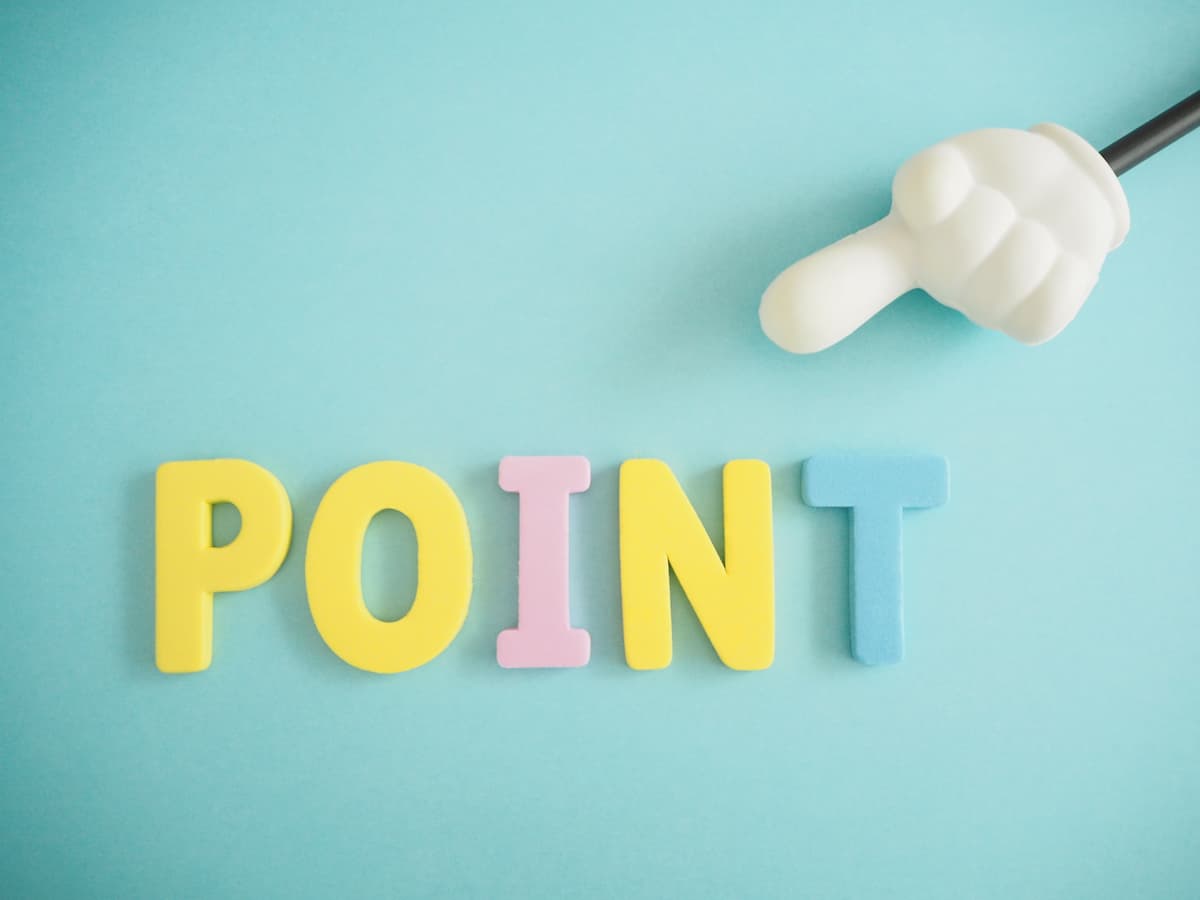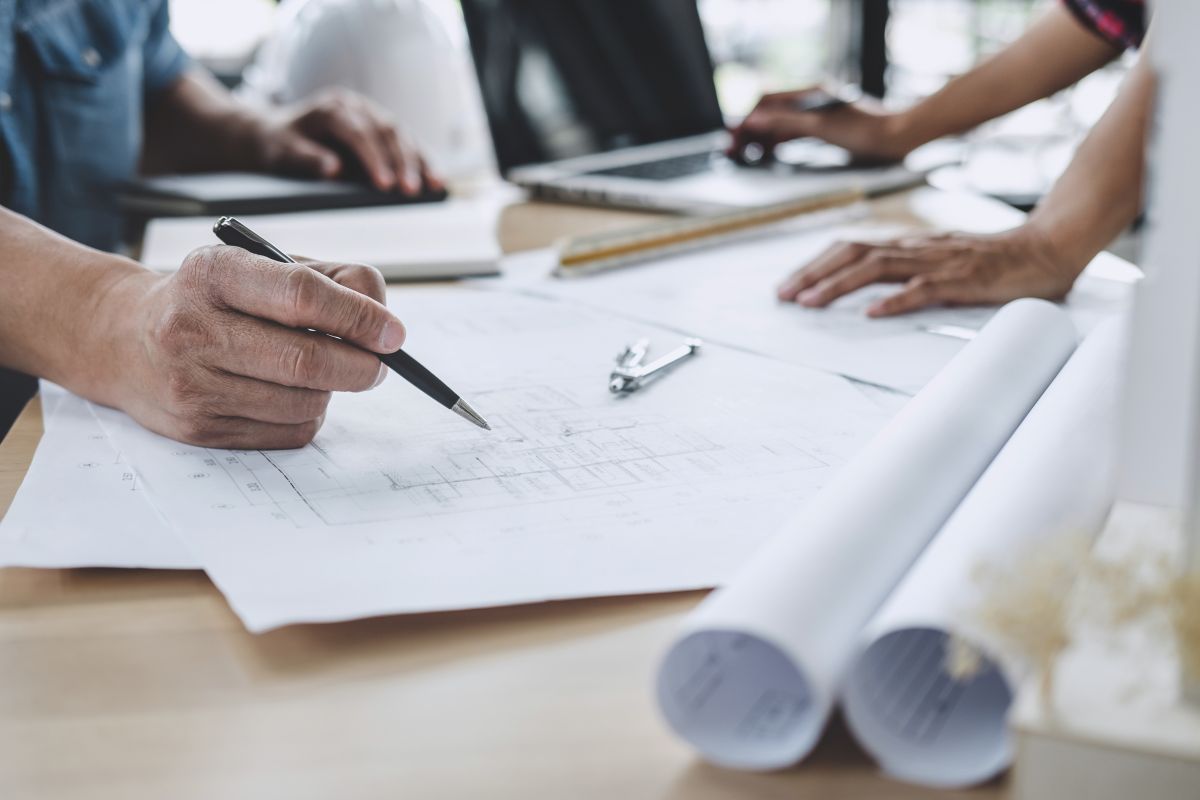- やさしい日本語
- ひらがなをつける
- Language
We provide multilingual content through machine translation. Translation accuracy is not 100%. About the multilingualization of the JAC website
- About JAC
- JAC Membership Information
- Specified Skilled Worker Acceptance
- Specified Skilled Worker Overview of the system
- 10 Mandatory Assistance for Foreigners
- Online individual consultation
- Seminar on Coexistence with Foreign Nationals
- Leading examples of host companies
- Case studies collection "Visionista"
- Foreigner's Voice
- Foreign Resident Acceptance Manual / Q&A
- Useful column "JAC Magazine"
- Acceptance support services
- Specified Skills Acceptance Support Service
- Health and Safety "Online Special Training"
- Safety and health “skills training”
- "Temporary Return Support" to ease the burden
- CCUS charge support
- Free Japanese language courses
- Education and Training Support
- Subsidy system for obtaining qualifications
- Support system for promoting the accumulation of employment history
- "Post-acceptance training" to deepen understanding of the system
- Compensation system for Specified Skilled Worker (i)
- freeJob matching
- The Specified Skills Evaluation Exam
- Home
- JAC Magazine
- Working with foreign workers
- What is Plain Japanese? Introducing example sentences and how they were born
- Home
- JAC Magazine
- Working with foreign workers
- What is Plain Japanese? Introducing example sentences and how they were born

What is Plain Japanese? Introducing example sentences and how they were born

Hello, this is Kano from JAC (Japan Association for Construction Human Resources).
" Plain Japanese" refers to a Japanese that is converted to make it easier for foreigners to understand, such as using words with simple meanings and using fewer kanji.
" Plain Japanese" also has the effect of smoothing communication between foreigners and Japan.
In this article, we will introduce examples of Plain Japanese, how it came about, and points for using it.
Please use this as a reference when interacting with foreigners.
What is "Plain Japanese"?
Plain Japanese is a simple and understandable Japanese for foreigners.
Use less difficult grammar and words, reduce kanji, and convey in short sentences.
Plain Japanese is used in the following scenarios:
- Disaster information: TV captions, etc.
- Announcements from the government and local governments: government announcements, information on public facilities, etc.
For example, it is a message called "直ちに高台へ避難してください" that you see during an earthquake.
It may seem concise and easy to understand for Japan, but difficult for foreigners to understand.
If you set this to Plain Japanese, it will be "すぐに 高いところへ 逃げてください".
Plain Japanese is used not only in companies, schools, medical settings, etc., but also in tourism as a means of promoting communication between foreigners and Japan.
The Japanese we usually use is a difficult expression for foreigners.
In the following column, we explain in detail about Japanese that is not understood by foreigners, so please take a look at it as well.
Additionally, for foreigners, knowing the unique Japanese ways to express pain will be very helpful in case of an emergency.
This is a column aimed at foreign workers, so please take a look.
Learn how to express pain in Japanese! How to convey pain effectively
How did "Plain Japanese" come about?
The Plain Japanese initiative began in 1995 with the Great Hanshin-Awaji Earthquake.
Many foreigners were affected by the disaster because they could not understand the emergency bulletin and evacuation orders.
This gave rise to Plain Japanese as a means of conveying "quickly" and "correct" information to foreigners.
When Plain Japanese was first created, it was mainly used as a means of communication in the event of a disaster, but now it is also used as a means of conveying information about daily life and tourism.
Why do you need Plain Japanese?
The number one reason Plain Japanese is needed is the increasing multinationality of Japan.
Some people may have the image that "foreigners = English", but there are many foreigners living in Japan who do not speak English.
Also, there are many foreigners who say that they can understand it if it is Plain Japanese.
The number of foreigners living in Japan is increasing year by year, and multilingualism is also progressing.
It is difficult to make it a language that all foreigners understand, so the use of Plain Japanese is widespread.
Companies also benefit from using Plain Japanese, such as being able to hire better people regardless of nationality.
Points on how to make "Plain Japanese"

There are several points to consider how to make a Plain Japanese.
The first thing to do is to select information.
If you Plain Japanese all the information, it can be cluttered and not convey information correctly.
Remove unnecessary or unimportant information and make it as simple as possible to convey what you want to convey.
In addition, prioritize the information, try to convey it in order from the highest priority, and finally supplement the information.
It is a good idea to be aware of the following two points.
- State the conclusion first
- Chronological order
Even if it is unnecessary for Japan, foreigners may need to explain.
Let's show you how to convert to a specific Plain Japanese.
How to convert to Plain Japanese
Once you have compiled the information you want to convey, you then convert it into easy-to-understand Japanese.
The key points for conversion are:
It's a good idea to keep this in mind not only when writing sentences, but also when communicating verbally.
- Shorten a sentence
- Don't use difficult words
- Even in technical terms, commonly used words are written as they are.
- Avoid using katakana characters such as foreign words and Japanese-English words.
- Use verb sentences to convey the message
- Avoid ambiguity
- Do not use double negatives
- I can say it to the end of the sentence
- Do not use roman letters
- Times and dates should be written in a way that is easy for foreigners to understand.
- Don't use too many kanji
- Be aware of word groups
- Use pictures, photographs and diagrams
We will explain each one in detail.
1. Make your sentences shorter
When multiple pieces of information are included in one sentence, it becomes difficult to understand.
Remove unnecessary information and keep sentences as simple as possible.
【example】
お湯を入れて3分間じっと待つと、ラーメンができあがります。
→お湯を入れます。3分でラーメンができます。
Also, when communicating in spoken language, it is important to speak clearly and slowly.
Speaking with pauses between sentences makes words easier to understand.
2. Don't use difficult words
Use simple words.
Avoid difficult words.
Dialects, metaphors, abbreviations, and honorific language (respectful and humble language) are also avoided.
【example】
早急にメールを返信してください。
→すぐにメールを返信してください。
お客様がいらっしゃいます。
→お客様が来ます。
3. Write commonly used technical terms as is
Words commonly used during disasters, such as "aftershocks" and "tsunami evacuation sites," will be written as they are.
Use brackets after a word to add additional meaning to the word.
【example】
余震〈後から 来る 地震〉に気をつけてください。
4. Avoid using katakana for foreign words and Japanese-English words as much as possible
Foreign words and Japanese-made English words written in katakana are often unique to Japan, so they may not be understood by foreigners.
You need to be careful with words other than those that are difficult to translate into Japanese, such as bus, gas, television, and radio.
【example】
パンフレット
→案内や説明が書いてある紙
5. Use verb sentences
Verbs turned into nouns are difficult to understand, so it is best to communicate using verb sentences.
【example】
揺れがありました。
→揺れました。
6. Avoid ambiguity
Ambiguous expressions are difficult for foreigners to understand.
Be clear and articulate.
【example】
なるべく早く行ってください。
→3時までに行ってください。
7. Don't use double negatives
Since using negative sentences makes it difficult to understand, try to convey it in positive sentences.
【example】
できなくはない。
→できます。
在留カード以外は必要ありません。
→在留カードを持ってきてください。他はいりません。
8. Don't waste your time
The expression at the end of the sentence is "です(desu)" "ます(masu)" Make sure to state it in a polite manner.
If you skip a part in the middle, it will make the reader think, "Is there more to come?"
【example】
今日はちょっと...(When you are invited to a meal and want to decline)
→今日は行けません。
9. Don't use roman letters
Foreigners may not be able to pronounce words exactly as they are written in the romanized alphabet.
Avoid using Roman letters whenever possible, except for proper nouns such as place names.
10. Write times and dates in a way that is easy for foreigners to understand
Since era names (such as Heisei and Reiwa) are difficult to understand, we will write them in the Gregorian calendar.
Do not use "/" or "~".
【example】
April 1, 2024 9:00-18:00
→2024年4月1日 9:00から18:00まで
11. Don't use too many kanji
Avoid using too many kanji characters and provide furigana for all kanji.
Furigana is either placed above the kanji or after the kanji in parentheses.
12. Be aware of word cohesion
When writing a sentence, organize it into phrases and add spaces to make it easier to read.
【example】
津波が来ます。
→津波<とても 高い 波>が 来ます。
13. Use pictures, photographs, and diagrams
Don't try to convey your message using only text; if you can, use pictures, photos, and diagrams.
When communicating verbally, using gestures is a good way to communicate.
The JAC website has introduced a communication support tool "Tsutaeru Web" to make it easier to convey information to foreigners.
Tsutaeru Web
With the introduction of "Tsutaeru Web", the text of the web page is automatically converted to "Plain Japanese", and "rubi" is also used in kanji.
For more information, please refer to the JAC Web Policy.
Web Policy
JAC also holds "Plain Japanese courses" for Japan employees to learn "Plain Japanese".
We will explain in a practical way the basic concepts and how to make "Plain Japanese" that is easy to convey to foreigners, as well as tips for smooth communication with foreign staff!
The content is full of tips that can be used immediately in the field, so please take advantage of the course.
Application for Foreigner Symbiosis Course
You can watch the missed delivery of past courses here.
Event report, missed distribution, and materials: "Plain Japanese Lecture" for Japan employees
Summary: Plain Japanese is a Japanese that foreigners can quickly understand
Plain Japanese is a simple Japanese created to help foreigners understand information quickly and correctly.
The Great Hanshin-Awaji Earthquake in 1995 caused many foreigners who did not know the Japanese and were affected, Plain Japanese was created.
Plain Japanese is used in various places such as disaster information, information from government offices, companies, and hospitals.
In recent years, the number of foreigners living in Japan has increased and multinationalization has progressed, and Plain Japanese has been useful in many situations as a communication tool with foreigners.
To create a Plain Japanese, it is important to focus on the necessary information and rewrite the content to make it easier for foreigners to understand.
By keeping in mind the points of rewriting, Japanese will be easy to understand even for foreigners.
If you are a company that is considering accepting Specified Skilled Worker in the construction industry, please feel free to contact JAC!
We also introduce Specified Skilled Worker.
I wrote the article!

Japan Association for Construction Human Resources Manager, Management Department (and Research Department)
Motoko Kano
Cano Motoko
Born in Aichi Prefecture.
He is in charge of public relations, research and investigation, and is the person behind social media.
We update our social media accounts daily with the desire to make people fall in love with Japan, to spread the appeal of construction from Japan to the world, and to ensure that Japan's construction industry continues to be the industry of choice around the world.
He is also engaged in research into the feasibility of implementing skills evaluation exam in Asian countries, and is conducting interviews with local organizations in each country.
Related articles

Things to know when working with Muslim employees in a Japanese company

What is the obligation to notify the employment status of foreigners? Foreign workers who must be notified and how to apply

What is the status of residence that allows you to work? Explaining the types, how to obtain it, and more!

Can foreigners with "Engineer/Specialist in Humanities/International Services" status of residence be employed in the construction industry?

















